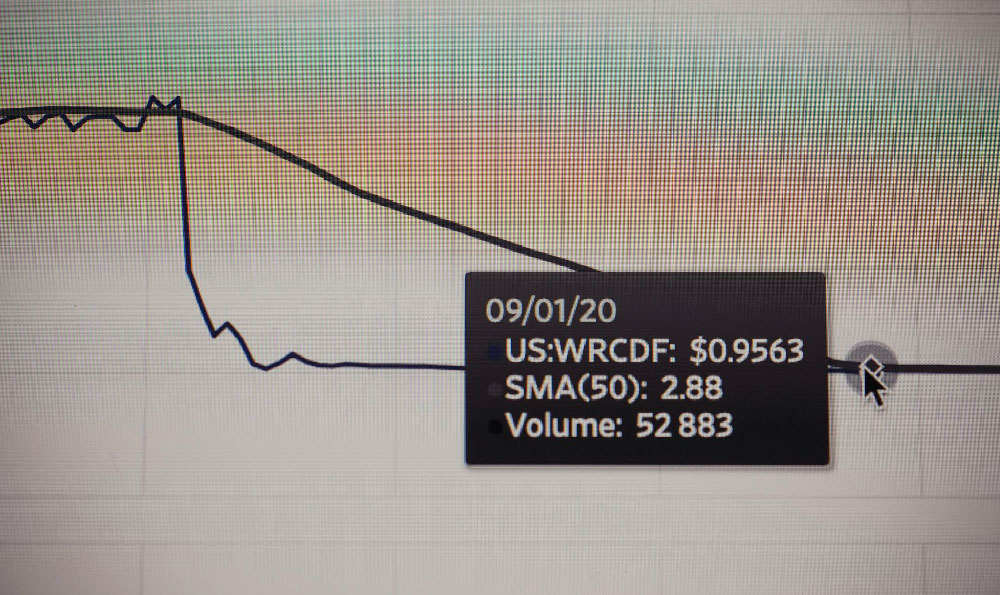Spotify, as a platform, primarily generates revenue through subscription fees and advertising. While you, as an individual listener, directly pay for a Premium subscription or indirectly contribute through ad revenue when using the free version, directly profiting from Spotify's success as a passive investor requires a different approach: investing in Spotify's stock (SPOT). However, approaching this with the expectation of guaranteed profits would be reckless. Investing, especially in a single stock, always carries inherent risks. Let's explore the avenues for potentially profiting from Spotify, along with the necessary due diligence and risk mitigation strategies.
The most direct way to potentially profit from Spotify's growth is by investing in its publicly traded stock, SPOT. This means buying shares of the company on a stock exchange. If the value of Spotify increases due to factors like subscriber growth, successful expansion into new markets, innovation in its platform, or overall positive market sentiment, the value of your shares can also increase. This allows you to sell them at a higher price than you initially paid, realizing a capital gain. Conversely, if Spotify performs poorly, experiences significant competition, or faces economic headwinds, the share price could decline, resulting in a financial loss.
Before investing in SPOT, a comprehensive understanding of Spotify's business model, financial performance, and competitive landscape is critical. Review the company's annual reports (10-K filings with the SEC), quarterly earnings reports, investor presentations, and any publicly available information from reputable financial news sources. Pay close attention to key metrics such as:

- Subscriber Growth: Track the growth rate of both Premium subscribers (paying users) and Monthly Active Users (MAUs). Strong and consistent growth indicates the platform's appeal and its ability to attract and retain users. Declining or stagnating growth could signal problems with its business model or increased competition.
- Average Revenue Per User (ARPU): This metric reflects the average revenue Spotify generates per user. A rising ARPU indicates Spotify's ability to monetize its user base effectively, whether through subscription price increases, successful advertising strategies, or add-on services. A declining ARPU could indicate pricing pressure or a shift towards less profitable users.
- Gross Margin: This reflects Spotify’s profitability after accounting for the cost of revenue (primarily royalties paid to artists and record labels). A higher gross margin indicates greater efficiency in managing its costs and improving profitability. Spotify has historically faced challenges in improving its gross margin due to the significant royalty payments, so tracking this metric is particularly important.
- Operating Expenses: Analyze Spotify’s operating expenses, including research and development, sales and marketing, and general and administrative costs. Monitor whether these expenses are growing proportionally to revenue. Excessive spending without corresponding revenue growth could raise concerns.
- Net Income (or Loss): Ultimately, assess Spotify's profitability. Is the company consistently generating net income, or is it still operating at a loss? While growth stocks often prioritize growth over immediate profitability, prolonged losses could raise sustainability concerns.
Beyond financial metrics, consider the competitive landscape. Spotify operates in a highly competitive market with rivals such as Apple Music, Amazon Music, YouTube Music, and Deezer. Evaluate Spotify's competitive advantages (if any). These could include its vast music catalog, its personalized recommendations, its integrations with various devices, or its brand recognition. Also, understand the potential threats. Are competitors offering compelling alternatives or innovative features that could attract users away from Spotify? Are there emerging technologies or platforms that could disrupt the music streaming industry?
Furthermore, the broader economic environment can significantly impact Spotify's stock price. Factors such as interest rates, inflation, and overall economic growth can influence investor sentiment and the value of growth stocks like Spotify. Be aware of these macroeconomic trends and their potential impact on the company.
Once you have a solid understanding of Spotify's fundamentals, consider the different investment strategies. One common approach is value investing, which involves identifying undervalued stocks that are trading below their intrinsic value. However, Spotify is often considered a growth stock rather than a value stock. Alternatively, growth investing focuses on companies with high growth potential, even if they are not currently profitable. This strategy is more suited to a company like Spotify. Another option is dollar-cost averaging, which involves investing a fixed amount of money at regular intervals, regardless of the stock price. This can help to mitigate the risk of buying at the peak of the market.
Investing in any individual stock involves risk. To mitigate this risk, consider diversifying your portfolio. Don't put all your eggs in one basket. Allocate your investment capital across a range of different stocks, bonds, and other asset classes. This reduces the impact of any single investment performing poorly. You can also consider investing in exchange-traded funds (ETFs) that track the performance of the broader market or specific sectors. These ETFs provide instant diversification and can be a more convenient way to gain exposure to a wide range of companies. Furthermore, consider your own risk tolerance. Are you comfortable with the possibility of losing a portion of your investment? If you are risk-averse, you may want to allocate a smaller portion of your portfolio to individual stocks and focus on more conservative investments.
Finally, remember that investing is a long-term game. Don't try to time the market or make quick profits. Focus on building a diversified portfolio and holding your investments for the long term. Regularly review your portfolio and make adjustments as needed based on your changing financial goals and risk tolerance.
In conclusion, while you can't directly profit from using Spotify, investing in SPOT stock presents a potential avenue for financial gain tied to the company's success. However, thorough research, careful consideration of risk, and a diversified investment strategy are crucial for navigating the complexities of the stock market and maximizing your chances of achieving your financial goals. Consulting with a qualified financial advisor is always recommended before making any investment decisions.












